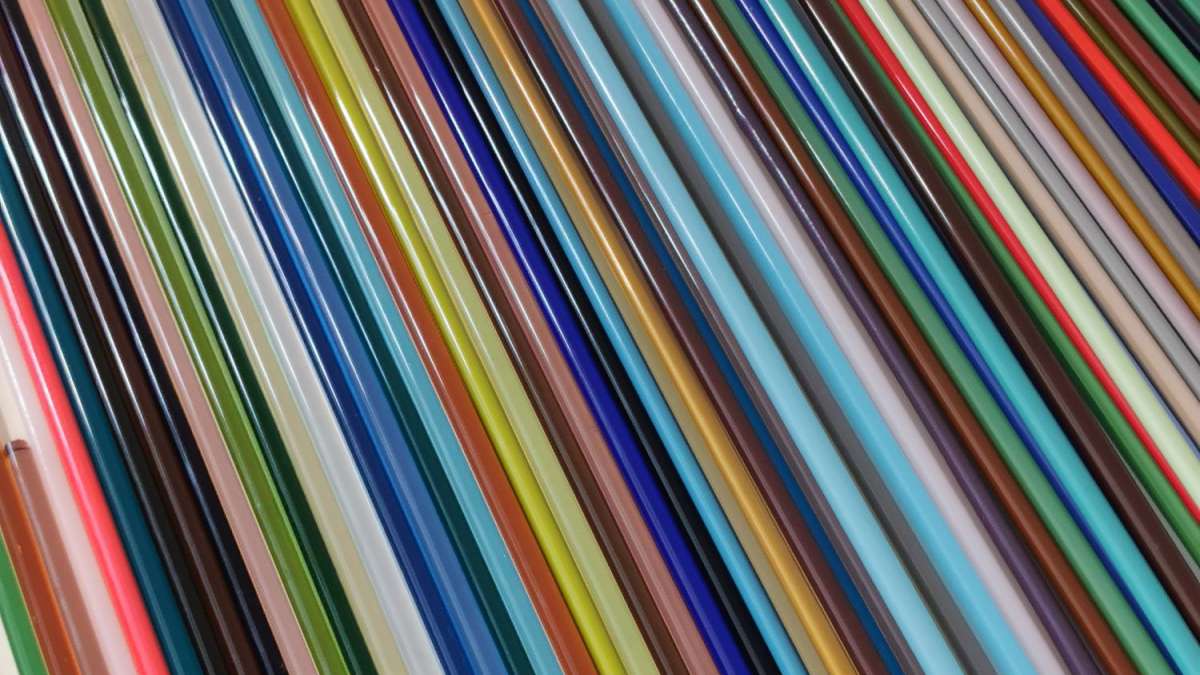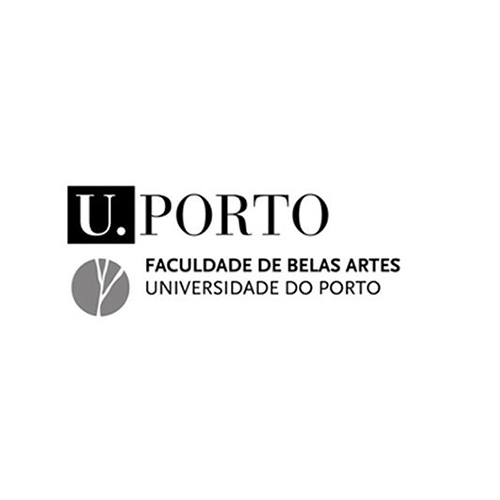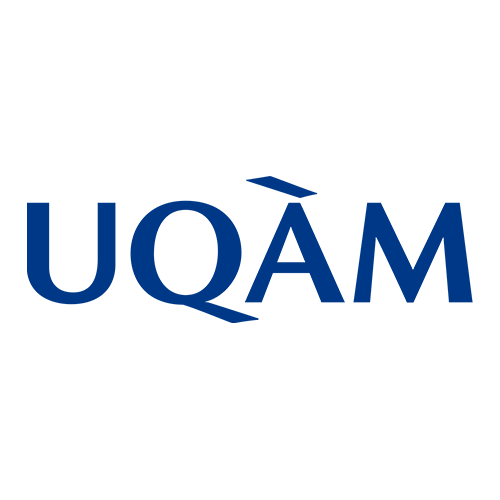Procédure matériaux : a week of workshops
Part of the Arts & Crafts aujourd’hui research programme funded by the European Erasmus+ programme

From 25 March to 7 April 2024, Saint-Étienne Higher School of Art and Design - ESADSE (ESADSE) will be marching to the beat of the latest stage of the Arts & Crafts aujourd’hui European research programme, with a week-long run of international workshops and talks open to the general public and followed by an exhibition to tie in with the European Artistic Crafts Days from 4 to 7 April 2024
A week-long run of international workshops
Over 80 people will be involved, including 45 students
and teachers from the partner
art schools taking part in the programme (30
from ESADSE and 15 from abroad). As part of the Arts and Crafts aujourd’hui European research programme, ESADSE is organising a week of workshops at the School, in partnership with
Meilleurs Ouvriers de France.
Backed
by funding from the European Erasmus+ scheme, since 2021 Arts & Crafts aujourd’hui has brought together art schools in
Bratislava (Slovakia), Brussels (Belgium), Montreal (Canada), Porto (Portugal),
Tetouan (Morocco) and Saint-Étienne to work together on the theme of Arts and
Crafts at a time when conventional modes of production are being challenged in light of the issues we face today, in particular the environmental crisis. The focus of the
week is the role of the hand and the relationship of art to craft in
contemporary creation.
The week is organised in partnership with Meilleurs
Ouvriers de France, who have come
to ESADSE
to work on expanding practices in the area of jewellery making and to reassert the
relationship between arts and crafts conveyed in the teaching.
Workshops
Denis Laget, painter, lecturer
at ESADSE, member of the LEM
laboratory
The screen was
one of decorative furniture items that particularly appealed to the members
of the Arts &
Crafts movement, alongside decorative overdoors, posts and panels. This
interest was also shared at the same time by the Nabis group in France and
Pierre Bonnard in particular, who made screens featuring multiple lithographs.
A furniture piece hinged, we might say, between sculpture and painting, the
screen is an invitation to create patterns and repeat them.
Sandrine Binoux, photographer, in charge of the photography department at ESADSE, member of the IRD laboratory
Jean-Philippe Julien, head of the modelling department at ESADSE, associate member of
the Spacetelling research team
Primitive photography: overexposure, unsharp
images, off-centering, smearing, the idea is to reconnect with the direct
materiality of the photographic image, a trend that runs counter to the modern digital image, the
ephemeral image constantly in flux that can be exchanged
in seconds, but easily
gets lost in the nebulous realms of a Cloud. Far removed from "fast
photography", here the notion of the photographic timescale will be revisited.
Amine Asselman, artist,
lecturer at the National Institute of Fine Arts of Tetouan
Elen Gavillet, designer, professor at ESADSE, member of the Object Lab
Michel Lepetitdidier, graphic designer
and lecturer at ESADSE
Camille Corlieu-Maezaki , professor
at ESADSE
Coralie Marchal, production manager at the Émaux de Longwy enamel factory
Susana Piteira, artist, lecturer at the Faculty of Fine Arts at the University
of Porto (FBAU)
Vincent Rivory,
head of the ceramics
workshop at ESADSE
The Manufacture des Émaux de Longwy
has been continually applying its unique
know-how since 1798. The outlines of the decoration of a piece are drawn in
black ink on the biscuit
(unglazed, white porcelain),
and these will contain the colours, preventing them from running into each other. This method of drawing
to structure and limit the spread of the colour is not unlike another applied
arts technique, stained glass. Each cell formed by the ink lines is
hand-filled with enamel in one movement. The drop of enamel
dries almost immediately in contact with the biscuit. Once the piece has been completely enamelled, it is
then fired at 750°C for several hours. Sometimes the piece will be retouched
and will require a second firing at 750°C.
Cécile Van Der Haegen, textile
technician at ESADSE
Rug tufting is a craft technique that consists of inserting wool threads into a
canvas, following a pre-drawn pattern, using
a tufting gun. This method comes
from Georgia in the United States and was invented by carpet manufacturers. It
is the fastest method of creating rugs, whilst allowing
the craftsperson to vary textures and thicknesses to create
all kinds of different items.
Marie-Aurore Stiker-Metral, designer, lecturer
at ESADSE, member of the Object Lab
Bertrand Mathevet, technician in the modelling department at ESADSE,
associate member
of the Spacetelling research team
Kristyna Spanihelova, artist, lecturer
at the Royal Academy of Fine Arts in Brussels
(ArBA)
With the participation of the Ateliers
& Conservatoire des Meilleurs Ouvriers de France
This workshop will explore several jewellery making
techniques such as cutting, hammering, wire drawing and rolling. A whole range
of tools and techniques are used to produce the different parts of an item of
jewellery, which are then perforated, pierced
and stamped before being assembled and soldered using a jeweller's blow torch.
The workshop will also be experimenting with
techniques for casting zamak (an alloy of zinc, aluminium, magnesium and copper) using
sand foundry moulds.
Loïc Bonche, PhD student
at the University of Quebec in Montreal (UQAM) in partnership with ESADSE
The Javanese word "batik" refers to a resist
dyeing technique widely
used in Africa, China and
South-East Asia.
This is a technique that lends itself
to new explorations of what a cloth has to offer from a perspective that mixes
craft traditions and contemporary textile production. Nembok is a specifically
Indonesian variation, and its process is inscribed on the UNESCO list of
intangible cultural heritage. Hand gestures are at the heart of the technique,
revealed first in the wax and then again when the fabric is dyed.
Juliette Fontaine, head
of the publishing & printing department
at ESADSE, member of the IRD laboratory
Cyril Bihain, artist and lecturer at the Royal Academy of Fine Arts in Brussels
(ArBA)
Graciela Machado, professor at the Faculty of Fine Arts at the University of Porto (FBAU)
With the participation of Michael Woolworth, printer and publisher
Lithography is a method of reproducing images
that was first developed in the 18th century. The technique involves drawing an
image on a stone with a greasy ink and then transferring onto paper using a press. The process is too often
considered cumbersome and demanding, but innovations borne of collaborative
experiments carried out in Porto, Brussels and Saint-Étienne have developed a
nomadic approach to lithography.
Talks

French version

French version

French version
Exhibition from 4 to 7 April 2024

French version
Press Pack and a visual summary of the week


About Arts & Crafts aujourd'hui

Votre navigateur est obsolète, l’affichage des contenus n’est pas garanti.
Veuillez effectuer une mise à jour.













